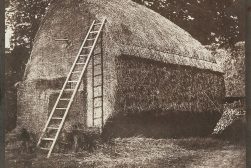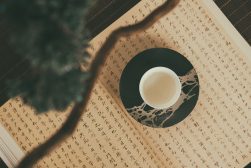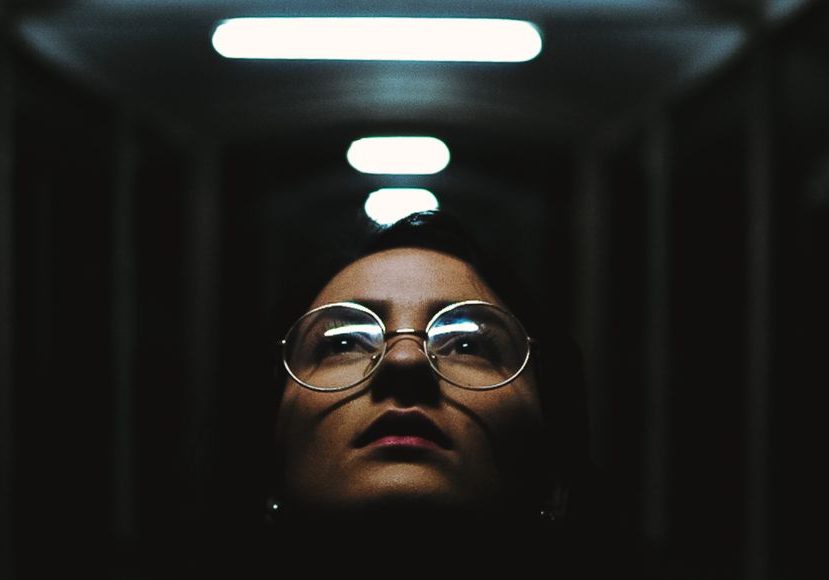
Practical Lighting Guide (Including Examples in Film)
Explore the art and technique of practical lighting in films, delving into its transformative power to craft mood, depth, and atmosphere on screen.
Practical lighting is a popular film lighting technique that conveys a lot of information to the viewers.
Since it’s been around for decades, I created this comprehensive guide to teach future you how to use that technique efficiently.
I’ll show you all there is to it, from identifying practical lighting and creating a proper lighting setup to using practicals in storytelling.
Whether you’re a photographer or a filmmaker, this guide is for you. Let’s get to it!
Table of Contents
What Is Practical Lighting?
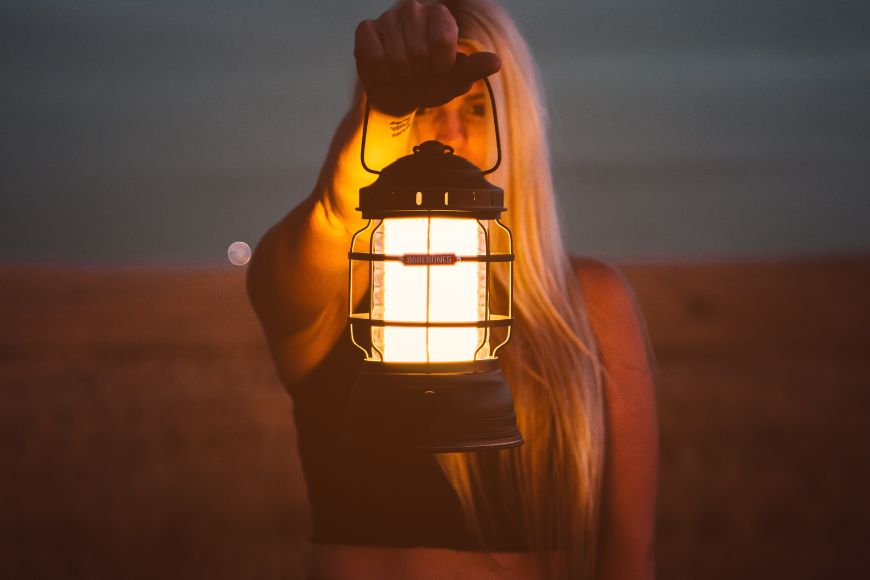
Practical lighting is a technique used in the film industry where a light source is visible within the frame of a scene, not hidden behind the camera.
That light source could be a lamp, a candle, or a window omitting natural light.
Cinematographers use practical lighting to enhance the realistic sense of a scene. Viewers can watch Dr. House operating on a patient, but adding visible surgical lights to the room makes the scene more believable.
So, practical lights contribute to establishing the context of the lighting in a scene. Remember, unjustified lights can be off-putting to the viewers.
Practicals add life, authentic atmosphere, and emotional connection that post-production lighting struggles to create because of technical limitations.
Besides illuminating the surrounding environment, practical lights add to the visual appeal of a scene. Without practicals, a frame can be a tad dull and plain.
For example, Youtuber Ben Johnson is famous for using practical lights in his videos, like LED lighting, neon signs, etc.
Yes, they make him stand out more, but they also offer dynamic visuals, making his videos more engaging and appealing.
How to Set Up Practical Lighting?
I’ll dive into the artistic usage of practical lighting in a minute.
First, I want to show you how to create a basic lighting setup that allows you to bring the best out of these practicals.
1. Consider the Location
Imagining a lighting scenario before examining the location of your shooting is a recipe for disaster. You might end up forcing your vision on a space that doesn’t match it.
The scene won’t be harmonious. So, think about positioning your practicals in relation to the location.
2. Identify Your Light Sources
Your light sources are the bread and butter of the entire scene, as they determine the general mood of the frame. Identify what you’ll use to light the scene and how the light will fall on your subjects.
3. Choose Proper Practicals
The definition of proper practicals depends on the project you’re working on. For example, using a bright table lamp in a dimly lit room is a bad idea, as it’d grab too much attention from the subject of the scene.
It’s also worth noting that light bulbs have colors. They could be yellow, blue, orange, etc.
Choose a color that matches the atmosphere you aim to create. I recommend using practical bulbs that allow you to adjust their color temperature and intensity.
That way, you have the freedom to control the lighting of your scene.
4. Block Natural Light
Yes, I’ve already mentioned that natural light coming from windows is a form of practical lighting. However, blocking it is standard procedure if you want to shoot a night scene where a desk lamp is the key light source.
It allows you to bring the most out of your practical light source. It also gives you the freedom to control the lighting scenario without worrying about uncontrollable sunlight.
So grab a black-out curtain and stick it to your window until it covers every inch, ensuring no light comes through it to avoid ruining your scene.
5. Practical Lighting vs. Motivated Lighting
Although practicals are the primary light sources visible on camera, they’re not the only tools contributing to the atmosphere of a scene.
Here’s the secret: Cinematographers don’t depend on practicals alone to light a scene. They’re not intense enough to create a visually appealing image.
That’s why they combined them with motivated lighting, which was a game changer. Motivated light is an extra, out-of-frame source of light that directors use to enhance the illumination of a scene.
However, they use it strategically to trick the viewers into believing that the practical in the image is doing all the illumination.
In some cases, directors place the motivated light source in a different angle than the practical to create a more pleasing effect on the subject.
Make sure to adjust the position of the motivated light so it hits the same spots as the practical source. You also want it to project the same quality of light so your scene looks harmonious.
If it doesn’t match the lighting of the practicals, the scene will look distorted and unrealistic.
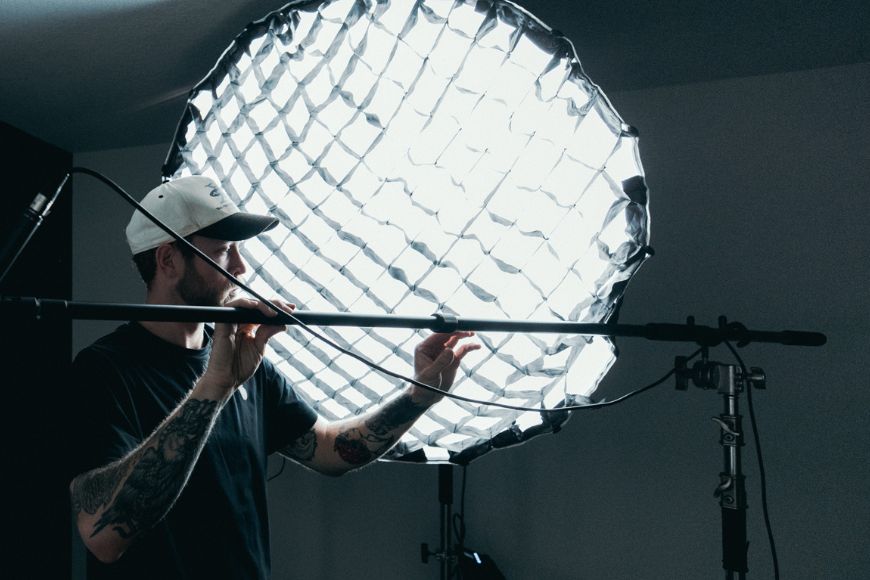
Practical Lighting in Use: 4 Examples in Film
You can’t understand the application of a visual tool through text alone. A few examples might give you a clear idea of how cinematographers use practical lights.
1. Don’t Look Up (2021): The Riot Scene
While Don’t Look Up utilizes practical lighting in various scenes, I think the most clever use of that technique is in the riot scene.
The audience sees Leonardo Decaprio in the middle of the street, surrounded by firefighters.
The scene incorporates multiple practicals to make a harmonious picture, from car headlights and neon signs to street lights and fire.
Although the scene takes place at night, the viewers can clearly see Decaprio and the firefighters. That’s because the filmmakers have added several street lamps and police light bars around both parties.
So, it doesn’t matter whether or not they used motivated lighting because the practicals (the lamps) appear to be doing the illumination.
Another clever use of practical lighting in the scene is having the fire cast a light on Decaprio’s head.
2. Spencer (2021): Dinner Scene
If you’ve watched Spencer, you can probably tell I’ll cover the dinner scene. After all, it includes the most prominent use of lights in the movie.
Candlelight may be the trickiest lighting source to work with, as it’s not intense enough to illuminate a scene. However, the filmmakers did it masterfully.
Despite using an overwhelming number of candles, they distributed them strategically to create an even illumination in the room.
Additionally, the positioning of candles created realistic shadows in the room. An average viewer can’t tell the filmmakers used extra lights.
3. Lock & Key (2020-2022)
Lock & Key’s makers use practical lighting inefficiently. When Ms. Lock’s family enters the mansion, the viewers see almost all the lamps in every room turned on.
Although the colors of the lamps match the aesthetics of the house, lighting all the lamps in every frame makes for a distracting picture.
Practical lighting aims to establish a sense of realism. In real life, people don’t leave all the lamps in their houses turned on.
Another scene where the cinematographers use practical lighting inefficiently is when Ms. Lock finds a secret room inside the mansion.
The primary lights in the room are mounted against the walls. However, putting the emphasis on the ceiling lights would’ve matched the atmosphere of that secret room better.
That said, turning on all the wall lights in that room isn’t as bad a choice as in the previous example.
The secret room is an enclosed area. It doesn’t get as much natural light as the other rooms in the mansion.
Naturally, one would need various light sources to light such a room.
4. Eyes Wide Shut (1999): The Casino Scene
In the scene where Tom Cruise enters Sonata Cafe, Stanley Kubrick uses practical lights to establish the energetic vibes of the cafe. Being the genius director that he is, though, Kubrick doesn’t stop there.
He uses these practicals to create a unique depth of field, which is the most crucial visual component in a cinematic image.
While Cruise is clapping for the jazz band, the viewers can see how the practicals behind him are blurred. That creates a separation between the background and the foreground, making Tom Cruise stand out in that shot.
Practical Lights in Storytelling
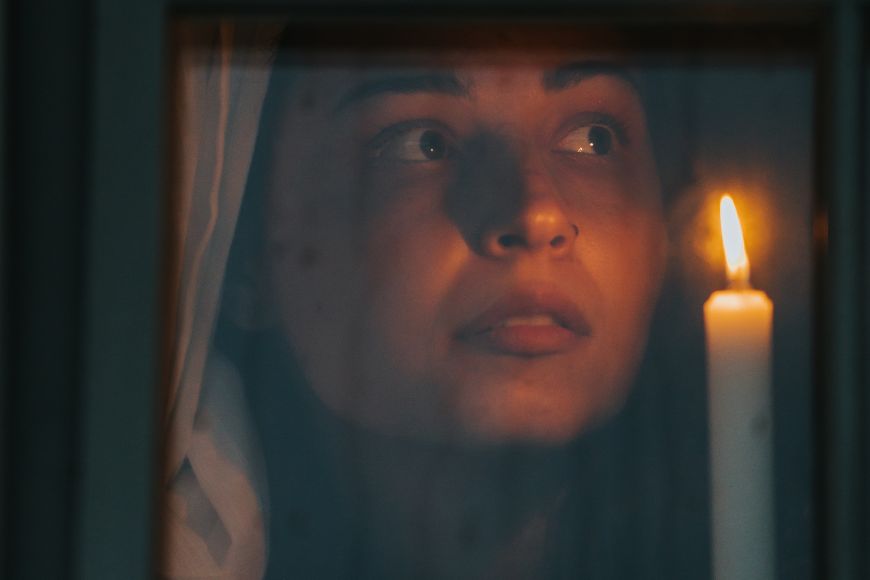
Practical lighting isn’t just about illuminating a scene.
Art directors and filmmakers know the purpose of lighting is to tell a story.
It’s one of the basics of filmmaking, so I have plenty of examples to show you.
Movies are the biggest medium in the world of storytelling. It’s only natural that cinematographers would use the art of lighting to complement the story.
The Killing (1956): Planning the Heist Scene
The scene where Kubrick uses practical lighting most efficiently in The Killing is when Johnny Clay explains the heist to his team members.
Ultimately, The Killing is an ominous movie. It tells the story of a group of men trying to take control of their lives.
One of Johnny’s teammates, Randy Kennan, wants to pay a debt he owes to a mobster. Mike O’Reilly wants to get medical help for his sick wife.
George Peatty wants to gain the respect and love of his wife. It’s a movie that depicts the helplessness of humans in life.
That’s why the gathering scene complements that theme. The room is dimly lit, with a single light source illuminating the room from above, creating a gloomy atmosphere.
At the end of the scene, when the actors stand up to leave, a few of them disappear in the dark background, enhancing the ominous vibes of the meeting/movie.
Minari (2020): Cards Scene
Mirani is an excellent example of cinematographers using practical lighting to enhance the realism of a cinematic shot. The most natural usage of practicals in the movie is in the scene where Monica’s mother is playing cards with her grandchildren.
Although the living room they’re playing in has more than three lamps, the makers of this movie decide to illuminate the scene using natural sunlight coming through the window.
This choice emphasizes the natural atmosphere of the house. Throughout the movie, Jackob’s family struggles to adapt to living on an Arkansas farm, believing the trail-like house isn’t suitable for them.
Using natural light in the card scene helps depict the house as a regular home, emphasizing the progress Jackob and his family have made.
Ultimately, the makers of this movie prioritized realism over cinematic lighting. That’s why Minari succeeded in what Lock & Key failed.
Midsommar (2019): Ruben’s Temple Scene
Midsommar is another example of using natural practical lighting to evoke a specific feeling in the viewers. Unlike the natural homey feeling of Minari, though, the lighting establishes a haunting atmosphere.
Ultimately, Midsommar is a horrifying movie. It combines mystery elements, human sacrifices, and supernatural scenes.
That’s why the shot where one of the elderly in the Swedish village is explaining the Rubi Radr book to Josh includes a clever use of lighting.
Both individuals are standing in a dimly lit, enclosed room with one light source omitting natural sunlight from the ceiling. The contrast between light and darkness complements the horrifying and haunting vibes of the movie.
The scene sends shivers down the spine, even for those who don’t know its context.
Practical Lighting in Music Videos
Songs are short stories that build connections and evoke feelings. Combine that with visual storytelling, and you can enhance the emotional impact of a song tenfold.
A Dream – Jessie Villa
Jessie Villa’s “A Dream” is an emotional artwork that tackles the dreams people can’t/may not be able to reach. Although the topic is a tad gloomy, the song has a hopeful and dreamy tone.
That’s why the use of warm practicals in the music video is clever. It adds to the atmospheric mood of the song, allowing the listeners/viewers to sink in with the emotions the song evokes.
Practical Lighting in Stand-up Comedy
You probably didn’t see that one coming, as stand-up comedy isn’t a medium that people associate with using lighting in its storytelling.
However, one comedian excels in that aspect, ensuring the lighting contributes to the story as much as the writing: Bo Burnham.
Make Happy (2015): I Can’t Handle This
Although that comedy special uses various lighting techniques throughout its duration, I want to tackle Burnham’s use of practicals in the last live bit of the show: I can’t handle this.
Ultimately, that bit is about Burnham’s anxiety, and he makes various creative decisions to allow the stage lights to reflect his inner struggles.
He starts with a sarcastic rant on everyday inconveniences. However, the moment he starts talking about his anxiety, the lighting turns light purple.
It’s a soothing color that sets a calming atmosphere suitable for tackling mental health issues.
At the end of the bit, Burnham delves deeper into his problems, stating how he can’t withstand his panic attacks any longer.
Accordingly, bright lights start moving in every direction, creating a sensory overload. It represents the chaotic nature of his anxiety.
Inside (2021)
Burnham wrote, shot, directed, and edited ‘Inside’ during quarantine, alone, inside his room.
Naturally, loneliness is one of the main themes of that special, and he doesn’t shy away from using lighting to emphasize that theme early on.
In the song “Comedy,” Burnham shoots a scene where he’s sitting on his desk writing the lyrics of the song with only one light source beside him.
Although the frame is well-lit, it reeks of loneliness and isolation.
Another scene where Burnham utilizes light cleverly is when he’s describing how his mental health is at an all-time low. The only practical source in the frame is the window, omitting natural light.
However, the light is too dim, almost gloomy, enhancing the depressing nature of the scene.





